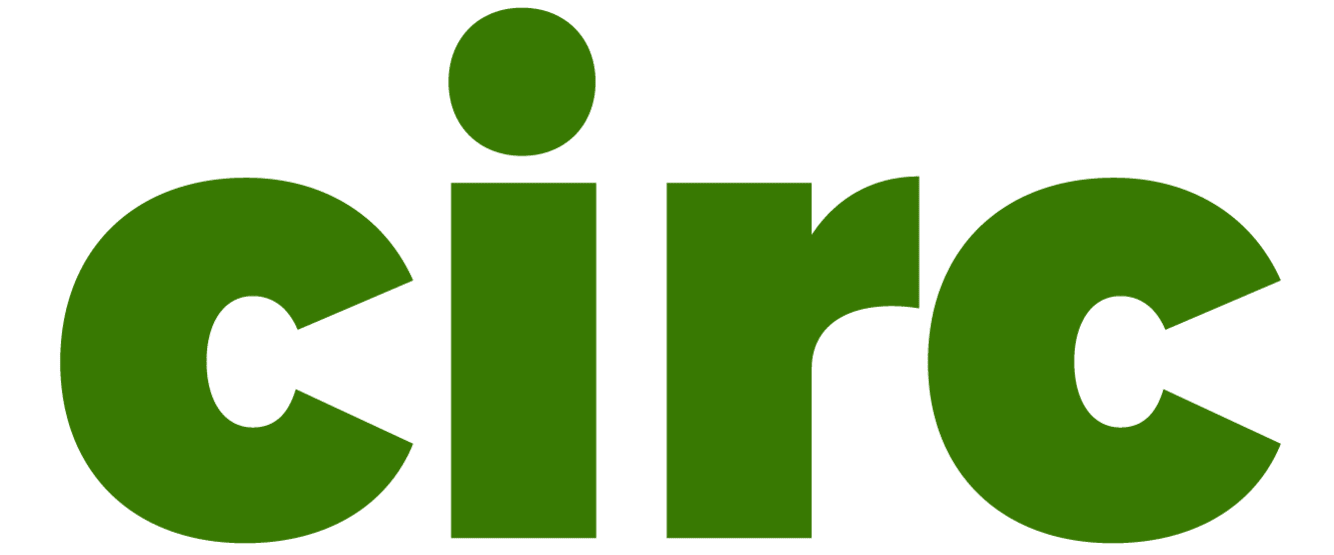By Enrique Santana Carballo, M.Ed.  When I started teaching 8th grade science in a bilingual setting, I quickly realized that many of my students weren’t struggling with science concepts, but they were instead struggling with reading.
When I started teaching 8th grade science in a bilingual setting, I quickly realized that many of my students weren’t struggling with science concepts, but they were instead struggling with reading.
My English Language Learners and students with disabilities were particularly overwhelmed by scientific vocabulary and dense, unfamiliar texts.
I decided to bring in literacy strategies usually reserved for ELA classrooms and make them work for science. I didn’t need fancy programs or expensive training – just practical tools, thoughtful planning, and a willingness to adapt.
Here’s what I tried, what worked, and how you can do the same.
Strategy 1: Edpuzzle for Active Reading of Science Videos
Instead of assigning readings as the only source of content, I used Edpuzzle videos with embedded questions to turn passive watching into active engagement. For example, in a unit on chemical reactions, I assigned a 5-minute video explaining evidence of chemical change. I inserted questions directly into the video as needed, using a mix of formats:
• Multiple choice
• True or false
• Open-ended reflections
These questions served as low-stakes comprehension checks and gave students the language they needed to describe science phenomena in their own words.
Strategy 2: Word Walls and Key Vocabulary Frames
I created a living word wall for each unit. We started each lesson by picking two to three key terms from that day’s objective and framing them with visuals or examples. Students used sentence frames like:
“We observed ___ when ___ happened.”
“This is evidence that ___.”
Research suggests that students need to encounter a new word at least seven times in meaningful contexts to truly integrate it into their vocabulary. The living word wall gave us repeated, varied exposure.
For instance, when introducing the terms “reactants” and “products,” I noticed how often students confused them. By seeing and using these words in sentence frames, in lab reports, on the wall, and in class discussions, they slowly began to grasp the difference. One student finally said, “Oh! Reactants go in and products come out—like ingredients and the cake.”
This helped students make meaningful connections between vocabulary and observations in labs.
Strategy 3: Think-Alouds and Text Annotations
When I introduced articles or reading passages, I modeled how to think through the text. I projected the text, read it aloud, and highlighted key phrases using different colors. Students used this same method in pairs, identifying main ideas, confusing parts, and surprising facts with color coding.
We used question (“?”) marks to signal confusion, which students could follow up with questions on our classroom board known as “The Parking Lot” (a space where we parked questions we couldn’t immediately answer). Vocabulary from the living word wall was often referenced to support understanding and clarify meanings.
This opened up a new world of confidence. Students weren’t afraid to say, “I didn’t get this part.” Instead, they had tools to work through it.
Strategy 4: Starting with Curiosity – Using the Parking Lot to Build Engagement
One of the most effective additions to my classroom has been starting each day by pulling a question from our “Parking Lot” board.
This practice gives students a voice in directing the learning and reinforces the idea that every question matters. Sometimes it’s a science question tied directly to our unit. Other times it’s more general, like “Why do galaxies stay together?” or “Can fish get sunburned?”
To answer these, I often use short, engaging YouTube videos or clips I create myself using InVideo AI. The routine is simple: we take three to five minutes to explore a student-generated question. That spark of curiosity fuels our transition into the day’s lesson and boosts engagement.
The Parking Lot isn’t just for decoration; instead, it becomes a visible archive of student thinking and an opportunity to reinforce key concepts. More than once, a student’s lingering question has led us back to vocabulary or experimental evidence we’d discussed in class. It’s a quick, daily reminder that science isn’t just about getting the right answer, but about wondering, exploring, and understanding.
Measurable Results from the Classroom
After implementing these literacy strategies over a six-week period, I administered a post-intervention quiz to measure growth. The results were significantly better.
 Out of 79 students, 57 completed both the initial and final assessments. The average score increased from approximately 28 to over 36 points, indicating a notable improvement in science comprehension.
Out of 79 students, 57 completed both the initial and final assessments. The average score increased from approximately 28 to over 36 points, indicating a notable improvement in science comprehension.
Even more telling was the reduction in score variability. The coefficient of variation dropped from 41.86% to 33.87%, suggesting that learning was more consistent across all students, not just high performers.
Among English Language Learners, the proportion achieving “Basic Understanding” or higher rose sharply. And students with IEPs or 504 plans also showed measurable gains, with many moving from “Emerging Understanding” to “Proficient.”
Interestingly, the improvement wasn’t evenly distributed. While Black and Hispanic students showed some of the largest gains, White and Asian students improved at a slower rate. This finding suggests that the strategies may have been especially effective for historically underserved populations, though all groups benefited.
Real Student Gains
I watched students who previously couldn’t explain a lab start using terms like “reactant,” “evidence,” and “gas formation” appropriately. In lab discussions, students began justifying their observations with phrases like, “This is evidence that a chemical change occurred.”
One ELL student confessed to me, “Before, I just guessed. Now I know what to look for in the experiment.”
Takeaways for Fellow Science Teachers
► Literacy isn’t just an ELA responsibility. We all teach language.
► You don’t need to overhaul your curriculum; just embed reading tools into what you already do.
► A few sentence starters, a few visual cues, and a safe space to make mistakes can change how students experience science.
► Use data to guide your next steps. The gains are measurable.
► Don’t underestimate your students. With the right scaffolds, they will surprise you.
If your students struggle with reading in science, don’t wait for a solution to arrive from above. Try one of these strategies this week. Start small. The results will surprise you.
Enrique Santana Carballo teaches bilingual middle school science in Rochester, NY, and is currently pursuing his Ed.D. in Learning and Teaching in Social Contexts.



